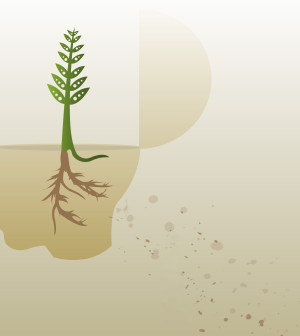- Navigating Your Midlife Crisis: Embracing New Possibilities
- City Raccoons Showing Signs of Domestication
- Mapping the Exposome: Science Broadens Focus to Environmental Disease Triggers
- One Week Less on Social Media Linked to Better Mental Health
- Your Brain Changes in Stages as You Age, Study Finds
- Some Suicide Victims Show No Typical Warning Signs, Study Finds
- ByHeart Formula Faces Lawsuits After Babies Sickened With Botulism
- Switch to Vegan Diet Could Cut Your Greenhouse Gas Emissions in Half
- Regular Bedtime Does Wonders for Blood Pressure
- Dining Alone Could Mean Worse Nutrition for Seniors
Paralyzed Person to Kick Off World Cup


A paralyzed person who will be strapped into a robotic “suit” with artificial skin will take the first kick-off of the World Cup in Brazil when the tournament starts Thursday.
Eight Brazilians who are paralyzed from the waist down have spent months training to use what scientists call an “exoskeleton,” according to the Walk Again Project, an international collaboration of more than 100 scientists.
The robotic system works by reading electrical activity in the brain about a person’s intention to make a movement — such as to take a step and kick a ball — and translating that into action. The system also has sensitive artificial skin that gives users the feeling of touching the ground.
The artificial skin was created by a team at the Institute for Cognitive Systems at the Technical University of Munich, Germany. The institute is led by Gordon Cheng.
“I think some people see the World Cup opening as the end [of the project], but it’s really just the beginning,” Cheng said in a university news release. “This may be a major milestone, but we have a lot more work to do.”
He regards the use of the exoskeleton to kick off the World Cup as a public demonstration of what science can do for people.
“Also, I see it as a great tribute to all the patients’ hard work and their bravery,” Cheng added.
More information
The U.S. National Library of Medicine has more about paralysis.
Source: HealthDay
Copyright © 2025 HealthDay. All rights reserved.










